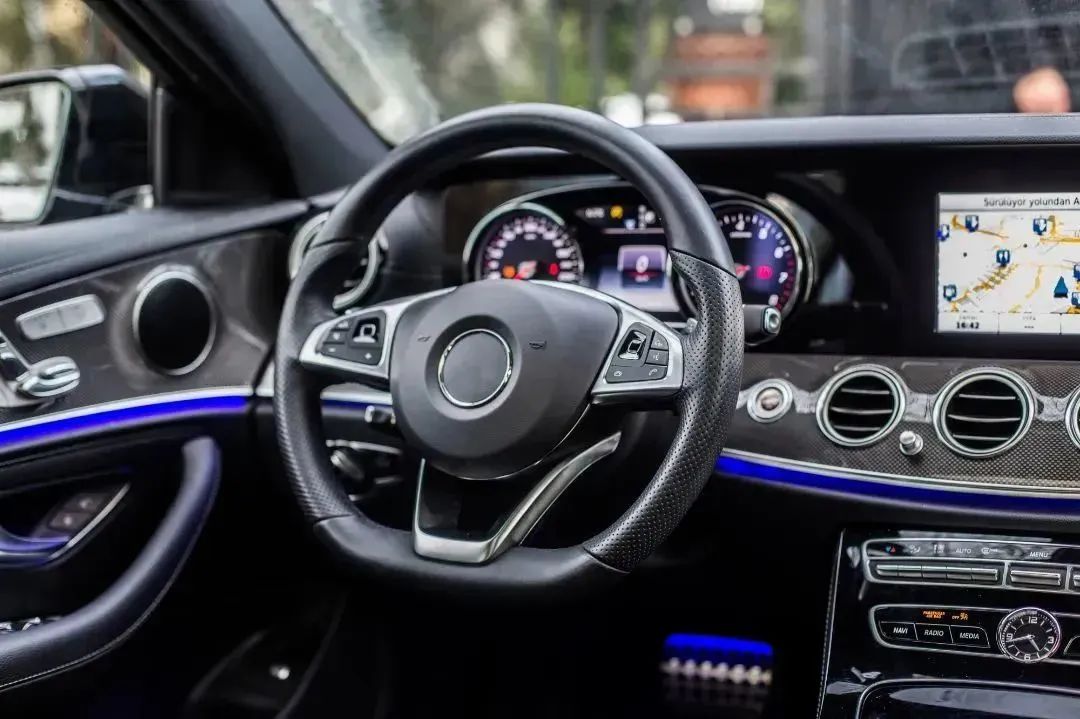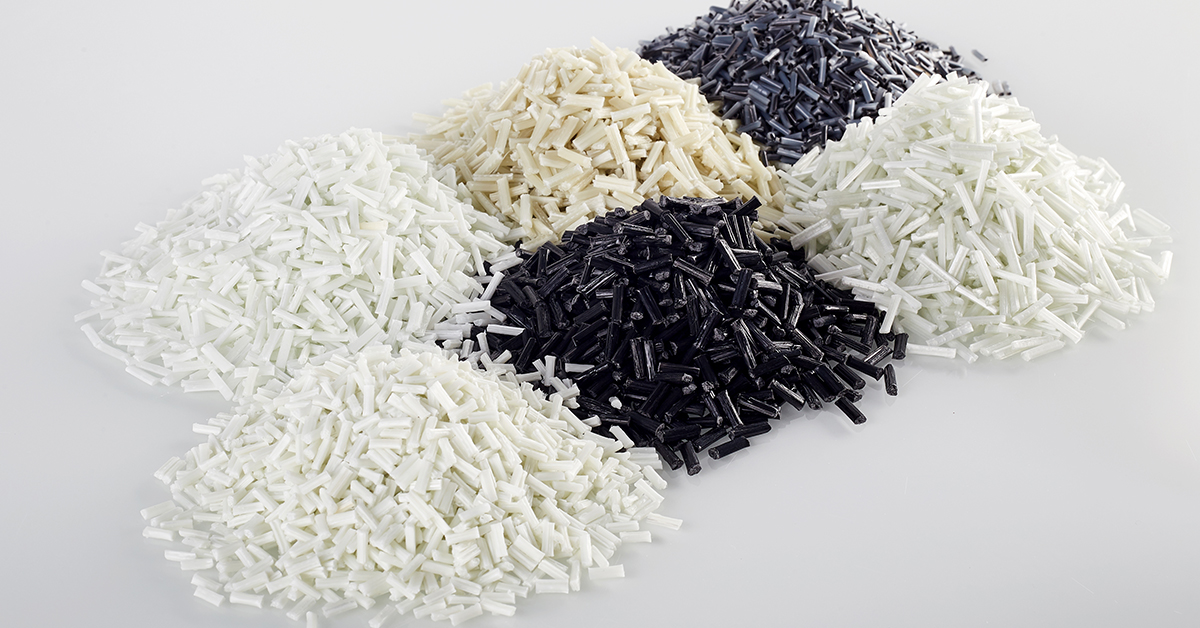Sales of new energy vehicles increased significantly
Make the concept of "car lightweight"
It's hot again.
A variety of modified plastics, composite materials and light alloy materials are increasingly mature, not only in the traditional automobile engine around, but also in the power battery of new energy vehicles, there are a variety of plastic applications.

But these plastics do not perform well on the safety issue of flame retardancy.
Flame retardant and its related industries along with "automobile lightweight" become the hot spot of the automobile industry.
Development direction of flame retardant plastics for auto parts
At present, the common types of flame retardant materials used in automotive parts are PP, PA, PU, PC, ABS materials, as well as a variety of modified materials and composite materials composed of them.
Compared with traditional fuel vehicles, new energy vehicles have added battery modules, charging piles and charging guns and other components.
➡️ The amount of engineering plastics used for battery pack module of a single new energy vehicle is about 30kg. The plastic shell of new energy vehicle mainly uses modified PP, modified PPS, PPO and other high temperature resistant plastics.
➡️ Charging piles require engineering plastics due to high usage standards and harsh operating environment. Each charging pile needs about 6kg engineering plastics. At present, PBT, PA and PC are commonly used.
When preparing flame retardant plastics, most of them will increase their limiting oxygen index LOI to about 25-35%, so as to effectively improve the overall safety index of vehicles. In addition, with the current combination of electrification and carbon neutrality, plastics and various flame retardants containing halogens will be more restricted.
Therefore, the future development direction of flame retardant plastics, in addition to the need for sufficient mechanical properties to meet the lightweight demand, in electric vehicles and other fields will also need materials to pay attention to the electrical, processing, environmental protection requirements
Flame retardants will develop towards the direction of halogen-free and high performance, while the research focus of high performance flame retardants will develop towards the direction of complex co-effect flame retardants, halogen-free flame retardants, expansion flame retardants, superrefinement, nano technology, high efficiency surface chemical modification technology and multi-functional technology.
Application of flame retardant materials in automobile parts
At present, the flame-retardant plastics mainly used are PP, PU, ABS and PC. According to the special needs of automobile parts, composites (alloying), PA, PBT and PMMA are also used accordingly.

Flame retardant PP
PP is the largest amount of automotive plastic polymer material, has excellent chemical corrosion resistance, and the processing process is simple, low cost. Widely used in automobile instrument panel, battery pack shell, door guard, post, seat guard, bumper and so on.

However, the flame retardancy of PP without added flame retardants is very poor, and its LOI is only 17.8%, which is very easy to burn. The research on automotive flame retardant PP mainly focuses on the modification of PP matrix, and the development of PP composites with excellent mechanical properties and flame retardant effect by adding low toxicity and halogen-free flame retardants.
With the implementation of strict environmental policy, halogen-free flame retardants for polymer materials has been the general trend.
In combination with specific cases, there have been examples of LGF enhanced halogen-free flame retardant polypropylene battery tank prepared by using PP as matrix, long glass fiber (LGF) as filling material, adding phosphorus and nitrogen series halogen-free expansion flame retardant, MCA, etc.
In the preparation process, double masterbatch preparation method was used to prepare LGF masterbatch and halogen-free flame-retardant masterbatch respectively, and then the two were mixed evenly and injected directly to produce flame-retardant PP products.
The double masterbatch preparation method avoids the degradation of flame retardants and mechanical properties caused by short length of glass fiber, which are caused by high shear temperature caused by excessive shear in the manufacturing process of long glass fiber masterbatch.
In the halogen-free modification technology of flame retardant PP, IFR is considered to be one of the most promising development directions of halogen-free flame retardant PP due to its advantages of minimal effect on processing fluidity and low density, excellent flame retardant efficiency, less consumption, low smoke and non-toxic.

Flame retardant ABS
ABS is also one of the world's largest household appliance polymer materials before the rise of the automotive industry.
According to incomplete statistics, about 80% of ABS consumption in China comes from the field of home appliances, which is mainly due to the superior surface coating performance, durability and anti-corrosion of ABS.
It is also these characteristics that make ABS become a typical in the field of automobile coating. However, the molecular structure of ABS resin only contains C, H and O elements, so it does not have flame retardant property, and its stability at high temperature stage is very poor, and it is easy to burn. At the same time, the burning process also produces pungent smell and black smoke, which cannot be directly used in auto parts.

At present, the main application direction of ABS is through flame retardant or high temperature resistance modification, or mixed with PC into PC/ABS composite material
Pour l'ABS, l'efficacité ignifuge des retardateurs de flamme halogénés est relativement élevée et l'effet ignifuge du brome est meilleur que celui du chlore. Bien que les retardateurs de flamme halogènes soient peu coûteux et efficaces, ils sont connus pour être soumis à une forte pression des politiques et des réglementations environnementales à l'avenir.
Par conséquent, la modification ignifuge de l'ABS est toujours une direction de recherche et de développement importante.
Cependant, les retardateurs de flamme bromés restent le choix le plus populaire pour les applications soumises à des normes strictes en matière de retardateur de flamme. Il est rapporté qu'environ 70% des ABS utilisés dans les produits électroniques et électriques sont des retardateurs de flamme au brome.
Le PC/ABS présente les avantages des deux, avec un meilleur HDT et une meilleure stabilité, et de meilleures performances de traitement. À l'heure actuelle, c'est l'alliage plastique avec le plus grand rendement et la technologie la plus mature, et aussi l'un des matériaux les plus utilisés dans le domaine des pièces automobiles. Tels que le tableau de bord, la batterie, la carrosserie, l'intérieur et d'autres pièces, tous utilisent des matériaux PC/ABS.
Cependant, il convient de noter qu'il existe encore "1 + 1 < 2" dans certains indicateurs : le PC lui-même est une sorte de matériau auto-extinguible, UL94 peut atteindre le niveau V2, mais les performances ignifuges du PC/ABS ont diminué, qu'il faut rattraper.
En plus des systèmes halogénés et phosphoreux, les retardateurs de flamme nanométriques, tels que le trioxyde d'antimoine à l'échelle nanométrique, l'hydroxyde d'aluminium, l'hydroxyde de magnésium et les dihydroxydes nanocouches, sont également très préoccupants.

PC ignifuge
PC comme l'un des cinq plastiques techniques, l'application de pièces automobiles est également assez mature, comme le tableau de bord de voiture, le système de lampe, la plaque chauffante, le dégivreur et même certains alliages de PC faits de pare-chocs et ainsi de suite.

Le PC lui-même a un certain retardateur de flamme, par rapport à d'autres matériaux polymères (tels que PE, PP, etc.) a un certain avantage, LOI jusqu'à 21-24 %. Cependant, il est encore nécessaire de modifier le retardateur de flamme des pièces automobiles dans le domaine d'application qui nécessite un retardateur de flamme relativement élevé.
Les retardateurs de flamme bromés peuvent évidemment améliorer l'ignifugation du PC, et le décabromodiphényléther (DBDPO), le tétrabromodiphénol A (TBB-PA) et ainsi de suite. Mais les matériaux ignifuges bromés ont tendance à se décomposer à des températures élevées et à produire des gaz corrosifs, qui peuvent endommager les pièces automobiles.
De plus, l'ajout de retardateurs de flamme bromés affectera sérieusement la transparence du PC et ne répond pas aux exigences de la politique de non-halogénation et de protection de l'environnement de l'Union européenne.
À l'heure actuelle, le TPP, le RDP et le BDP sont les retardateurs de flamme au phosphore les plus largement utilisés dans les produits PC industriels.
➡️, le TPP est solide à température ambiante et a une mauvaise stabilité thermique. Il se volatilise facilement à la température de traitement du PC et ne joue que le rôle de retardateur de flamme en phase gazeuse.
➡️RDP et BDP sont liquides à température ambiante, avec une bonne stabilité thermique, peuvent jouer le rôle ignifuge en phase gazeuse et en phase solide en même temps, BDP et PC ont une bonne compatibilité, peuvent jouer le rôle de durcissement.